|
In our article Subcontractor scope of works we mentioned how important subcontractors were to the success of construction projects. We discussed how some construction projects failed because the wrong subcontractor was selected. Problems with subcontractors often begin during the pricing and selection process. We discussed how critical it was that subcontractors had an accurate scope of works to price. This ensures that every subcontractor prices the same thing so that it's easy to adjudicate and compare the various subcontractor's prices. An accurate scope of works also ensures that subcontractors price the work required, thus avoiding potential variation claims and change orders later. It means that the subcontractors doesn't price stuff that they aren't expected to do. In this article we consider what to include in the pricing documentation, or instruction to price, to ensure that the subcontractor understands the terms and conditions of the subcontract document, and that they cannot claim for project conditions they were unaware of. Subcontractor pricing documentation
•retainage money, •surety requirements, •warranties, •insurances.
•working times, •interaction with others. •Particular rules, hazards, etc.
ConclusionRemember anything you require the Subcontractor to do which is not in these documents could give rise to a variation claim or change order later. So check the documentation and scope of works you ask subcontractors to price to ensure you've included everything you expect your subcontractors to execute, and the project conditions they must comply with. Forgetting something could be very expensive later. In our next article we discuss what to include in subcontractor documentation. Other useful articles choosing a subcontractor An introduction to construction variation claims for construction project managers Video 5 - Types of claims How can clients ensure their projects meet their expectations? Do you want to learn how to manage construction projects successfullyPaul Netscher has written several easy to read books for owners, contractors, construction managers, construction supervisors and foremen. They cover all aspects of construction management and are filled with tips and insights.
One reader said: "I felt impelled to message you as I purchased your book, and wanted to thank you for the content, it has been very helpful." Visit to read more. The books are available in paper and ebook from most online stores including Amazon.
2 Comments
Take a look at any construction site, anywhere in the world, and the chances are that you’ll see something familiar. Massive single-use pieces of equipment are a mainstay in any construction fleet, but for smaller businesses, a lack of both space and funding means that you need to look into multi-use alternatives. Backhoes, skid steer loaders, and compact track loaders are capable of utilizing a myriad of attachments, depending on the needs of the job. Here is a quick breakdown of construction equipment attachments and what you might use them for. Augers Augers are heavy-duty high-torque drill bits designed to dig holes in the soil or rocky surfaces. These are ideal for everything from creating post holes to digging transplant holes for trees and other landscaping. Backhoes If you’re working with a skid steer loader or a compact track loader, a backhoe attachment can give you all of the functionality of a backhoe without having to invest in an extra piece of equipment. Buckets Buckets for backhoes come in a variety of different sizes and applications, so you’re sure to find something that works for you. General-purpose buckets can work for most applications, but if you’re working on a specific task like lifting heavy rocks or excavating soil, there are variations of the standard bucket that works for those as well. Blades Blades are a valuable tool for site clearing and cutting applications. They do require frequent sharpening when cutting through dense materials but they’re more efficient than doing the same tasks by hand or with handheld tools. Brooms Why sweep your job site by hand when you can attach a broom to your backhoe or skid steer loader and use it to keep your site clean and safe. It is also a valuable tool for shifting materials like sand that might be difficult to lift or manipulate with larger equipment. Brush cutters If you find yourself needing to clear-cut a new lot before construction begins, brush cutters are the perfect attachment for the job. They come in widths ranging from 60 to 78 inches, making it easy to clear even large lots quickly and easily. Compactors Heavy-duty compactors might be more efficient for large stretches of land, but for small projects or those that have limited space, smaller backhoe or skid steer attachments are the best option. Hammers While these aren’t as common on construction sites, hammer attachments are valuable tools if you need to break up large rocks or concrete. They’re more common on quarries and on demolition sites. Pallet Forks These might not always be necessary, but if you find yourself needing to move palletized materials, a pallet fork attachment can make the job infinitely easier. These attachments usually come with adjustable fork widths so you can lift different size pallets with ease. Plows Snow, sleet and mud can throw a wrench into the best-laid plans. Instead of letting them delay your project or investing in a single-use snowplow, consider a plow attachment for your backhoe or skid steer loader. Rakes Whether you’re trying to smooth uneven terrain or remove rocks and other debris, a rake attachment makes the job move a lot faster than trying to complete the same task by hand. Rippers There’s nothing more frustrating than trying to work when the ground is frozen. Ripper attachments can easily cut through the frozen ground. They can also tear through concrete and asphalt if necessary. Saws Sometimes a table saw just won’t cut it — literally. Saw attachments can complete challenging cutting tasks with ease, without ever needing to break out the hand tools. Stump Grinders When pulling an entire tree out by the root isn’t an option, stump grinders can help take unsightly stumps down to nothing. These are necessary for site clearing operations, but you don’t need to bring in an extra piece of equipment to complete the job when you can do exactly that with Thumbs Sometimes you need an extra set of hands — or in this case, an extra set of thumbs. These help to lift heavy and often awkwardly shaped items and transport them throughout the construction site. Tillers If landscaping is part of the plan, a tiller can make the job easier by breaking up the soil and providing straight and even lines ready for planting. Trenchers If you need rows deeper than a tiller can provide, the trencher attachment is the next logical step. These attachments can dig trenches three to five feet deep, which is usually plenty for installing infrastructure and plants or trees that may require a deeper starting point. Comprehensive But Not Exhaustive Despite the sheer number of items on this list, it is not exhaustive by any means. There are nearly as many attachments for construction equipment as there are applications for them. Before you invest in a new piece of equipment for your construction fleet, look into attachments for your existing equipment. You might be surprised by what you find. Author Bio: Rose Morrison is a freelance writer who covers construction and building design topics. She is also the managing editor for Renovated. Other Useful Articles The impact of poor equipment productivity on construction projects Preventive Maintenance Checklist for Construction Equipment planning your construction project Do you want to learn how to manage construction projects successfullyPaul Netscher has written several easy to read books for owners, contractors, construction managers, construction supervisors and foremen. They cover all aspects of construction management and are filled with tips and insights.
Visit to read more. The books are available in paper and ebook from most online stores including Amazon. |
Archives
June 2024
Note: We welcome genuine comments, especially comments that add additional information to the subject matter in the article. We however reserve the right to remove inappropriate comments, which includes comments that have nothing to do with the subject, comments that include inappropriate language, and comments that are an advertisement for a product or company, or which include an advertising link. Comments must be in English. We will not enter into discussion on why a particular comment was removed.
CategoriesCopyright 2016 - The attached articles cannot be reproduced for commercial purposes without the consent of the author.
The opinions expressed in the attached articles are those of the writer. It should be noted that projects are varied and different laws and restrictions apply which depend on the location of the contractor and the project. It's important that the reader uses the supplied information taking cognisance of their particular circumstances. The writer assumes no responsibility or liability for any loss of any kind arising from the reader using the information or advice contained herein. "I have what I consider some of the best books on construction management."
Books are available from: Amazon.com Amazon.co.uk takealot.com kalahari.com Amazon.in Amazon.de Amazon.fr Amazon.it Amazon.com.au Powell's Fishpond uread bokus Amazon.ca Amazon.es Other retail stores Available in paperback or on Kindle "28 YEARS OF CONSTRUCTION PROJECT MANAGEMENT EXPERIENCE, DEVELOPING SUCCESSFUL CONSTRUCTION PROJECT MANAGERS AND BUILDING SUCCESSFUL CONSTRUCTION COMPANIES"
|
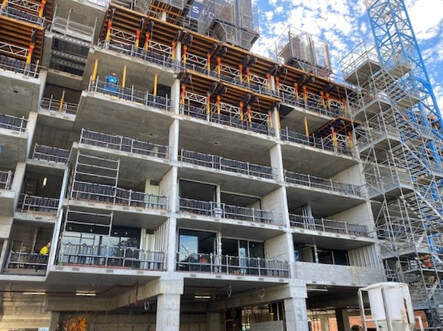
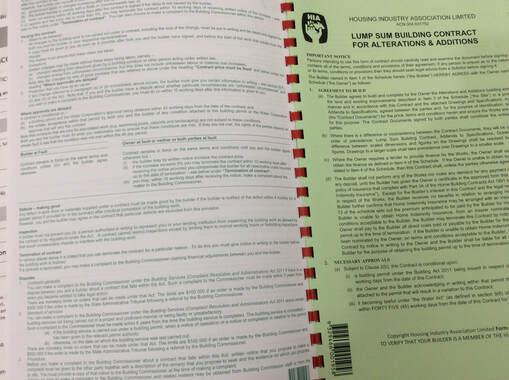
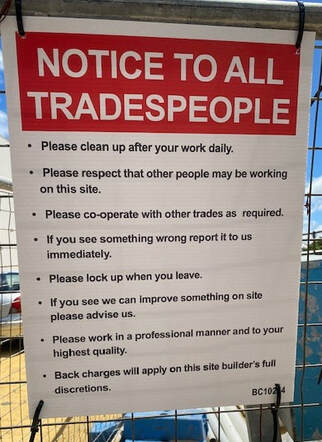

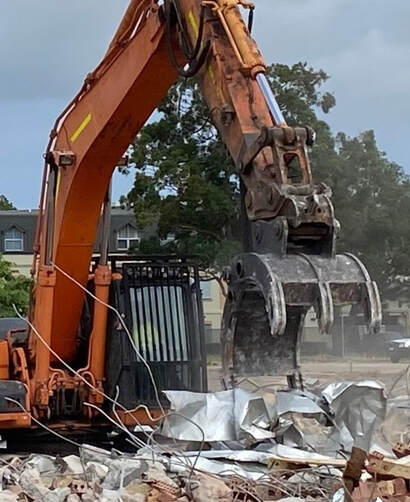
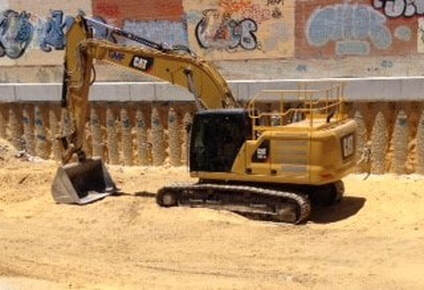
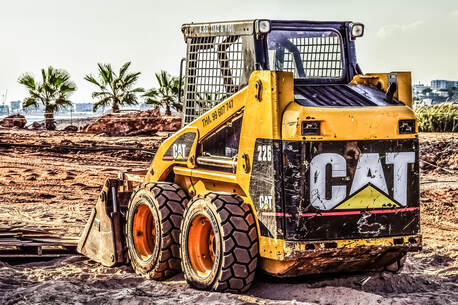
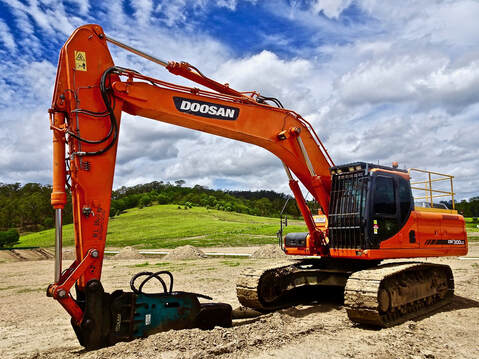
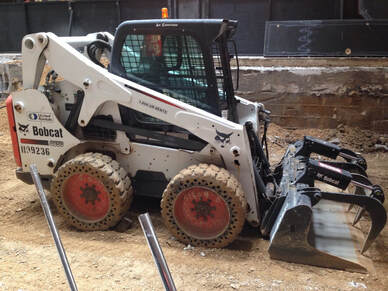

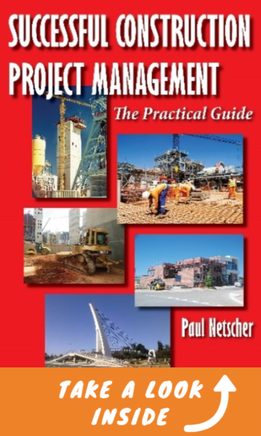


 RSS Feed
RSS Feed




